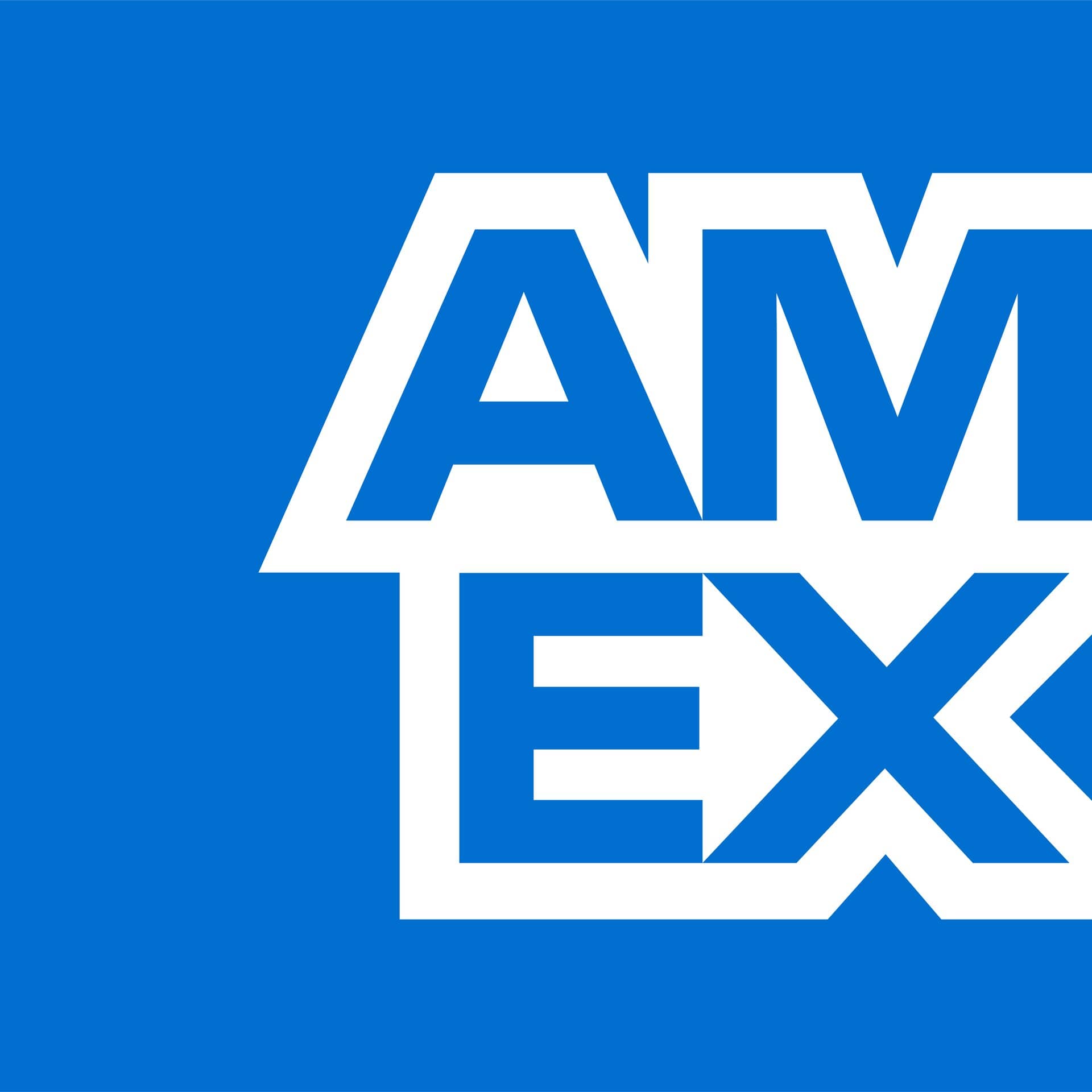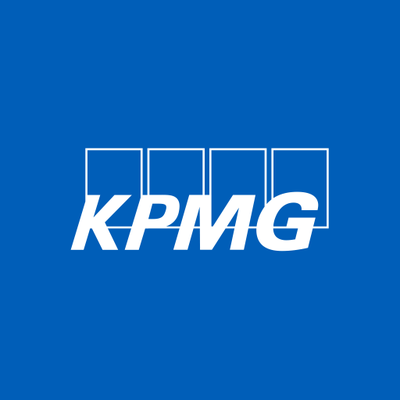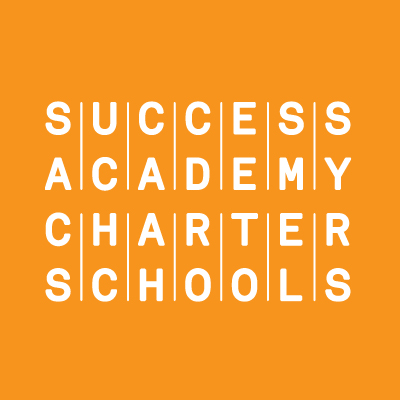This is a guest post by Leo Thom – a graduate from University of California, Davis. Although he no longer works at Intel, he’d like to share his story and advice on getting hired.
Before my Intel internship, I never thought I’d have the opportunity to work at a large corporation during the academic school year. Interns are traditionally brought on during the summer months when universities are out of session, but many companies hire interns year-round. By paying attention to corporate job mailings, not accepting “no” for an answer and with a little luck, you can secure a position during the school year and beat the Summer application rush.
During my Intel internship I helped support the Cisco and Oracle supply-chain accounts. My daily tasks included communicating with my clients about their hardware needs, working with Intel stakeholders to drive demand and updating forecasts in Intel’s worldwide product database. Long story short, I helped get the customer what they needed, when they needed it.
I attribute my successful hire to two things:
- Starting Early
- Persistence
The Early Bird Gets the Worm
Starting early isn’t just a good idea when studying for midterms, applying for financial aide or filing taxes – starting early can also greatly help internship job hunting. The decreased number of competing candidates, higher recruiter visibility and extended opportunities to network with employees early are a few benefits of hitting the “Apply” button ahead of traditional recruiting schedules. As long as the position is open, the role is ripe for the picking.
I’ll be the first to admit, I was a little paranoid about job prospects after graduation. Using this healthy dose of paranoia, I applied to many different tech companies (15+ jobs daily) the Summer after my junior year. My first contact with my future hiring manager occurred that October – a full two months before actually starting at Intel. Traditional full-time recruitment happens during the Winter months and I was asked to interview for a full-time position with Intel Operations.
After passing my first-round interview, I was informed by my recruiter that Intel was on a temporary hiring freeze due to floods in Thailand manufacturing plants. The floods affected many tech companies and it was an unfortunate reality that affected many other job candidates as well. I was told my candidacy would be frozen and that they would call me if the position was reallocated budget for.
Ambition is the path to success. Persistence is the vehicle you arrive in.
Although I was disappointed about stopping one possible job opportunity with Intel, I didn’t let this particular setback stop me from pursuing other opportunities at the company. I asked the same hiring manager if she would be willing to refer me for a supply chain intern position with another team at Intel. She responded by inviting me in for an interview for her team instead and I was happily on-boarded after a panel-interview with 3 other business managers.
It would’ve been easy to take the first rejection, curse the floods and rationalize that Intel just wasn’t the place for me. However in any difficult situation, including recruiting for job opportunities in a tough job market, rejection can be pivoted into positive situations. It is crucial to be “top of mind” when these opportunities open, and consistent communications keeps your candidacy relevant. The chance to network with hiring managers and reiterate your interest to them is reason enough to keep in touch, but as with my example, reaching out was able to turn a no into a yes.
To recap, starting your internship search early helps you beat out competition, get more recruiter contact and extends the opportunities to network with other employees. Persistence, when appropriately applied, can turn negative situations into positive ones.






